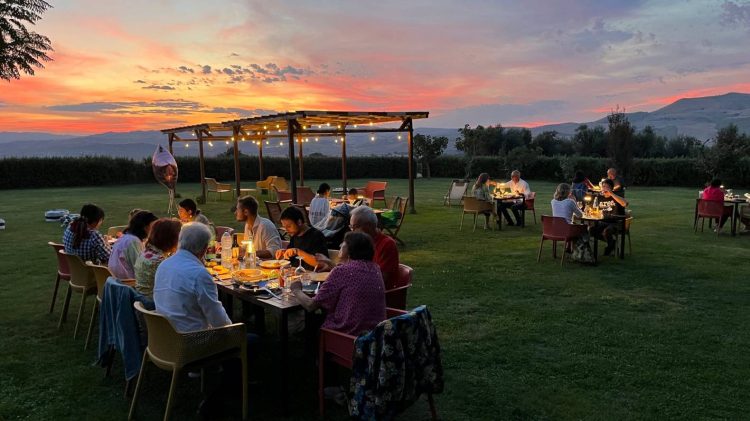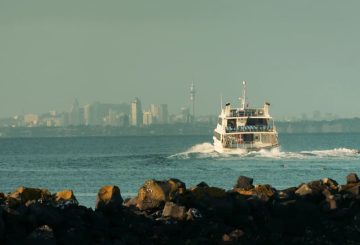이탈리아의 20개 지역 중 하나인 몰리세는 관광객과 현지인들조차 간과하는 경우가 많습니다.이름만큼 큰 볼거리가 없는 별것 아닌 오지로 여겨지는 경우가 많습니다.하지만 가족과 함께 로드 트립을 다녀온 후 몰리세의 매력에 감사하게 되었습니다.이탈리아가 관광객으로 넘쳐나는 시대에 몰리세를 방문하는 것은 이탈리아의 진정한 심장을 발견하는 것처럼 느껴집니다.
몰리세에는 주요 관광지는 없지만 관광 상점이 없는 아름다운 해변, 방문객을 반기는 고대 도시, 멋진 풍경이 있습니다.1980년대를 연상시키는 가격에 맛있는 음식을 제공하는 것은 말할 것도 없습니다.
몰리세에는 몇 개의 독특한 마을이 있습니다.프로솔로네는 장인이 만든 칼로 유명하고, 카르피노네는 가파른 산 중턱에 세워졌으며, 아뇨네에는 세계에서 두 번째로 오래된 가족 기업인 바티칸을 위한 청동 종을 만드는 주조 공장이 있습니다.
몰리세를 방문하려면 어느 정도 노력이 필요합니다.대중 교통이 부족하므로 렌터카가 필요합니다.또한 Google 지도에서 잘못 안내하는 경우가 많기 때문에 인내심도 필요합니다.하지만 노력은 그만한 가치가 있습니다.이 지역의 잘 알려지지 않은 유적지는 관광지로서 훼손되지 않았으며, 현지인들은 방문객을 만나 진심으로 기뻐합니다.
이탈리아 관광 현황은 혼란스럽습니다.이탈리아에서 가장 유명한 곳에는 관광객이 넘쳐나기 때문에 현지 생활을 경험하기가 어렵습니다.이와는 대조적으로 몰리세는 관광의 영향을 받지 않은 채 정통성을 간직하고 있습니다.
올해 첫 6개월 동안 이탈리아에는 4,800만 명의 외국인 방문객이 방문했습니다.이 중 몰리세를 방문한 곳은 20,000명에 불과하여 이탈리아에서 방문객이 가장 적은 지역이 되었습니다.하지만 이렇게 방문객이 적기 때문에 방문하는 사람들은 좀 더 진솔한 경험을 할 수 있습니다.
몰리세의 요리에는 고기, 치즈, 야생 채소가 풍부합니다.레스토랑은 Google에서 그다지 보이지 않을 수도 있지만 저렴한 가격에 맛있는 음식을 제공하는 경우가 많습니다.
어려움에도 불구하고 Molise는 독특하고 정통 이탈리아 경험을 제공합니다.관광객이 적기 때문에 현지인들과 좀 더 개인적이고 진정한 교류를 할 수 있습니다.이 지역의 아름다운 자연, 맛있는 음식, 독특한 마을은 이곳을 이탈리아의 숨겨진 보석으로 만듭니다.





























































